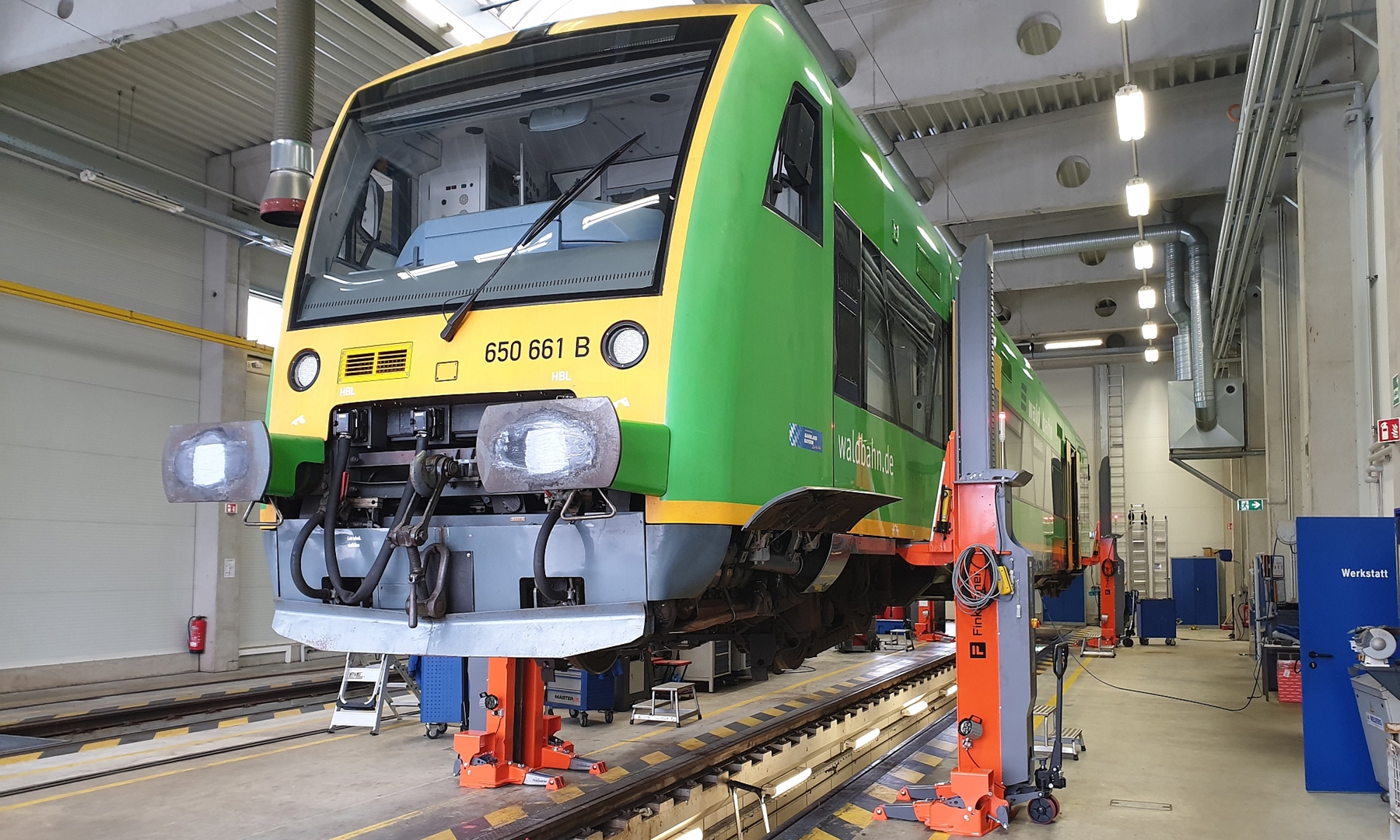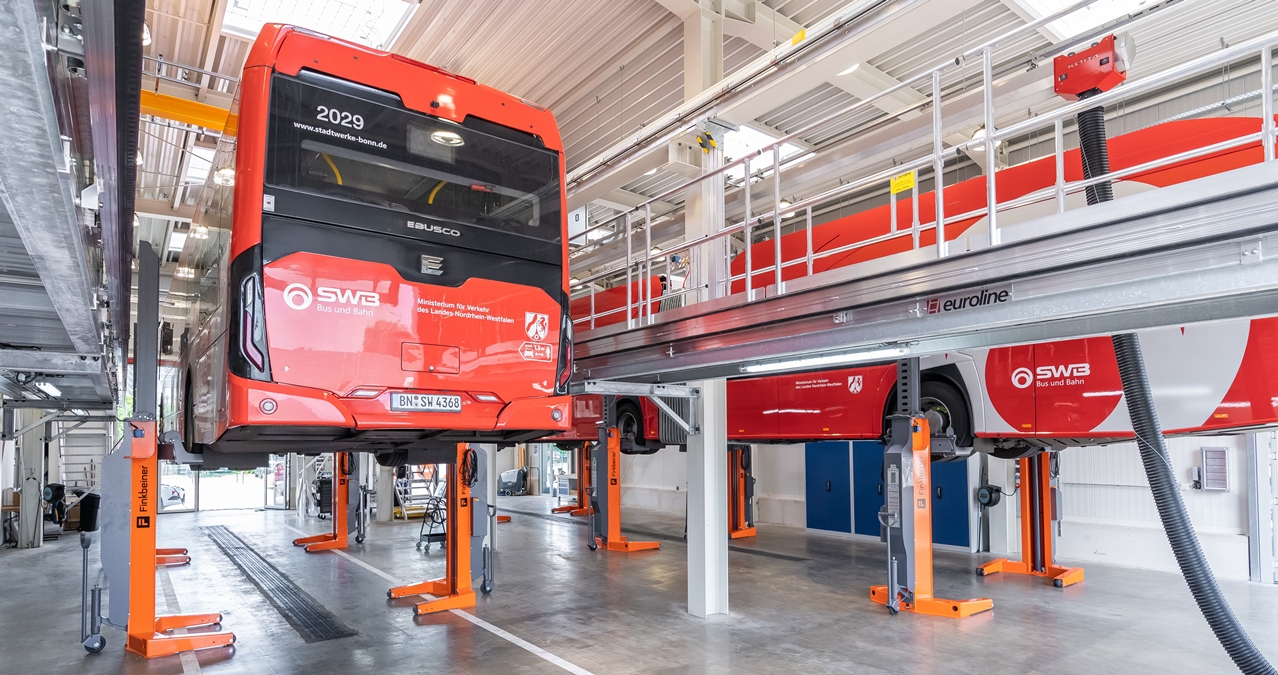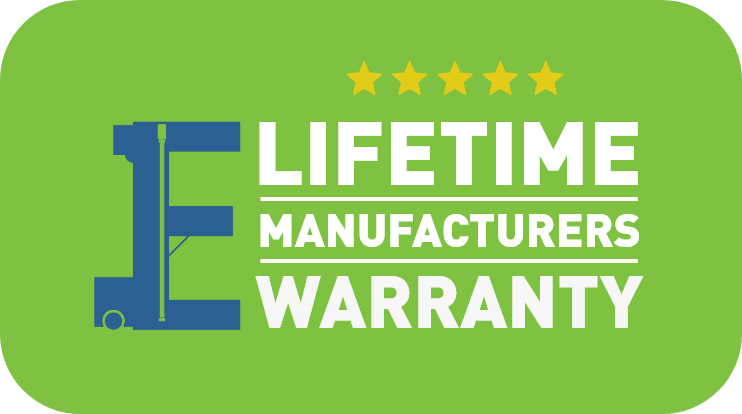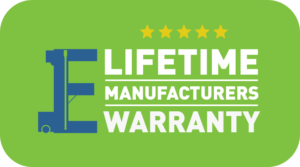
Vehicle hoists are convenient for elevating vehicles for maintenance and repair. They are now indispensable in many garages and workshops. As with any heavy equipment, safety is paramount when operating them. This article explores the critical aspects of safe operation, encompassing pre-use inspection, proper usage, and essential safety protocols, ensuring a secure and productive working environment.
Understanding the Risks
Vehicle hoists are complex machinery with intricate mechanisms and powerful hydraulic systems. Potential hazards could include:
Pre-Use Inspection - The First Line of Defence
A thorough pre-use inspection is paramount before each use. This minimises the risk of failure and ensures the hoist is in good working order.
Visual Inspection:
Functional Test:

Operating the Hoist Safely
Know Your Hoist:
Proper Vehicle Positioning:
Safe Lifting and Lowering:
Essential Safety Precautions:
Ongoing Maintenance - Ensuring Long-Term Safety
Regular maintenance is essential to ensure the safe and efficient operation of vehicle hoists.
Conclusion
Vehicle hoists are valuable tools in the automotive industry, but they require careful handling and constant vigilance to maintain a safe working environment. By prioritising pre-use inspection, following safe operating procedures, and engaging in ongoing maintenance, we can minimise the risks associated with this heavy equipment.
Safety is a shared responsibility, and every individual involved in using vehicle hoists plays a vital role in ensuring a secure and productive working environment.
Article copyright to RUD Group. This information is accurate at the time of publication, and RUD Australia takes no responsibility for any errors, inadvertent or otherwise.
Fill out our easy form and we will be in touch soon with a tailor made quote.


I value the simplicity of design and ease of maintenance. Unlike other complicated electronic hoists on the market, the Portalift hoist are simple to service, with spare parts easy to get. This is important when you need your hoists to keep operating with minimum disruption. Portalift hoists are an asset to any workshop, heavy duty and reliable.
